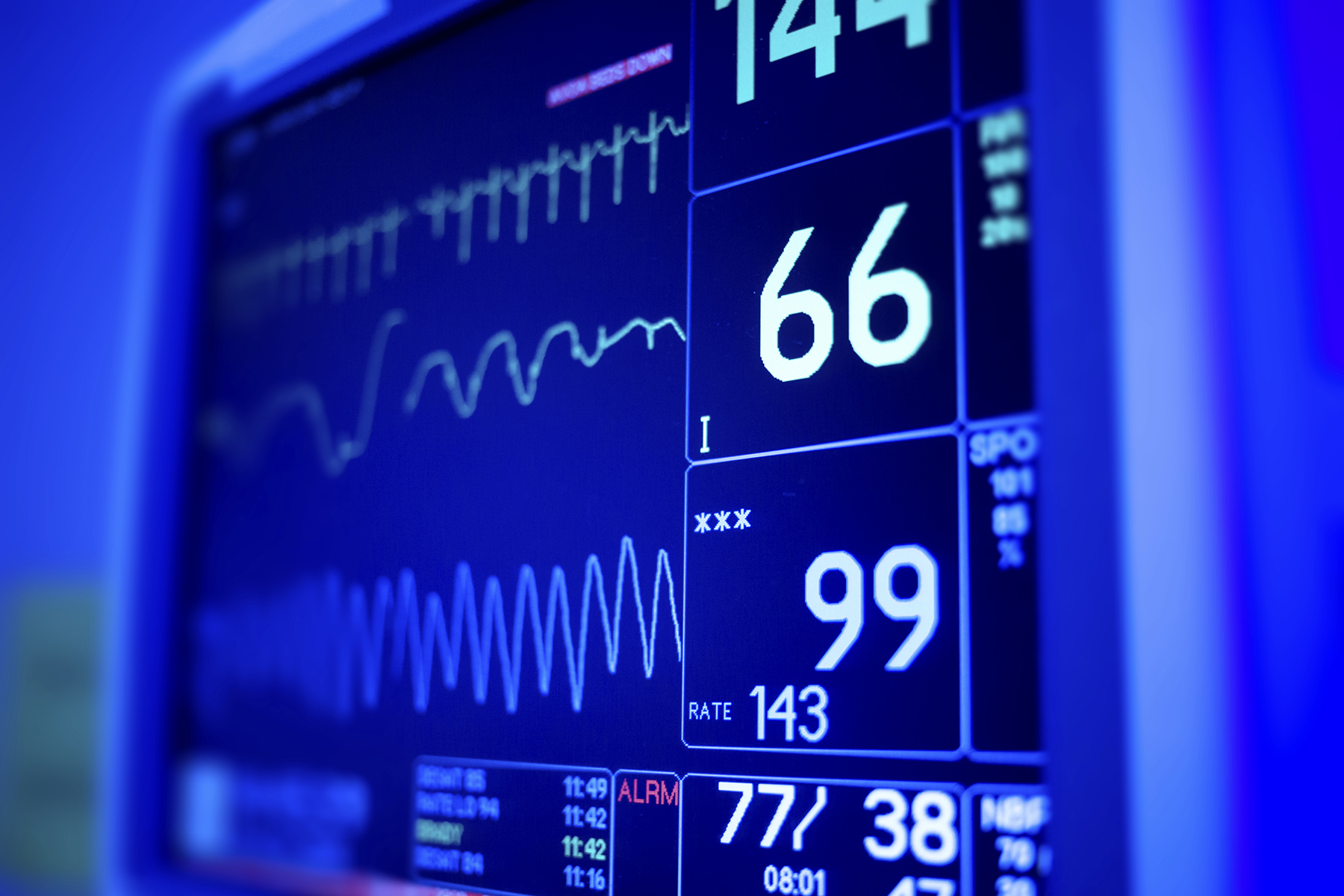Myocardial Bridge: When an Artery Takes a Detour

Tunnels and bridges help us move things from place to place. They are created when we need a way over, under or through something. But in a small group of people each year, the human heart creates its own bridge or tunnel that is not needed at all.
Known as a myocardial bridge, it is a usually harmless congenital (at birth) condition.
Typically, our hearts’ primary arteries rest on top of the heart muscle. In babies born with a myocardial bridge, a section of one of the heart’s primary arteries channeled through the heart’s middle muscle layer (the myocardium) and then out again. It still gets where it needs to go. But it took a detour.
Diagnosing a myocardial bridge
“There are significant and insignificant bridges,” says Dr. Robert Myerburg, a cardiac electrophysiologist with the University of Miami Health System and Miller School of Medicine. “Most people with a bridge may live their entire life unaffected by it, not even knowing they had one.”
Approximately five percent to 10% of individuals are born with some type of bridge, says Dr. Myerburg. Well below one percent are the more serious type, some of which need an intervention.
“The only reason we would see a bridge is if we are performing an imaging test in a person who came in for a heart issue – usually chest pain,” he says. “We would then evaluate it with additional tests to see if surgery was needed to correct it.”
In other cases, if an athlete or person exercising experiences chest pain, and routine tests rule out a heart attack or other condition, a coronary CT angiogram, or to a lesser extent a cardiac MRI, could be scheduled to look for a larger myocardial bridge. A typical EKG test given at an emergency room would not pick up a myocardial bridge, but a stress test might.
“We want to rule out a severe bridging,” he adds.
“In those rare cases, if too much pressure is pushing on the artery while the heart muscle is contracting, not enough blood may be getting to the heart muscle to meet its oxygen needs. Most blood flow through coronary arteries occurs when the heart is relaxing between contractions, and the rapid heart rate during exercise impinges more on the relaxation phase than during contraction. So during strenuous exercise, someone with a larger bridge might experience similar symptoms to a heart attack, such as tightness or pressure in the chest, left arm or jaw pain, and being out of breath.”
What treatment is needed?
Doctors decide which type of treatment is right for a particular patient based on diagnostic test results. Factors that weigh into the decision include whether the artery section in the muscle is long or short, embedded deep within the myocardium muscle or just beneath the surface, and what symptoms are being presented.
“A short, shallow bridge in a patient who was not experiencing symptoms would not likely need anything,” says Dr. Myerburg.
“If we found a long bridge that was deeper in the muscle and the patient was having clinical symptoms such as chest pain, we would usually perform what we call a surgical unroofing. The muscle overlying the artery is surgically incised to relieve the pressure on the artery, so that the artery sits atop the heart muscle. Some patients who are less physically active also could be prescribed medications such as beta-blockers to slow the heart rate.”
If you or your doctor require. an expert opinion on a possible heart condition, schedule an appointment online or call the UHealth Cardiovascular Center at 305-243-5554. If you are experiencing sudden symptoms of cardiac distress such as chest pain or pressure, fatigue, palpitations or a fluttering feeling in the chest, call 911 immediately.
John Senall is a contributing writer for UMiami Health News. He is a former hospital and comprehensive cancer center communications director.
Tags: Dr. Robert Myerburg, electrophysiology, myocardial bridge, UHealth Cardiovascular Center
